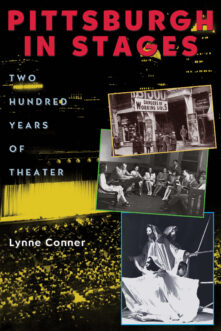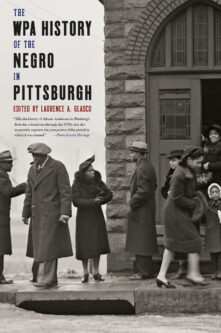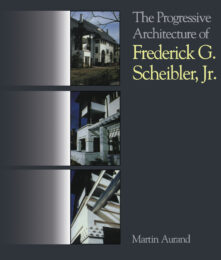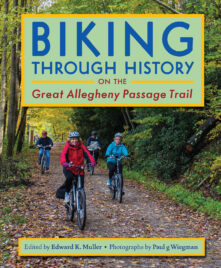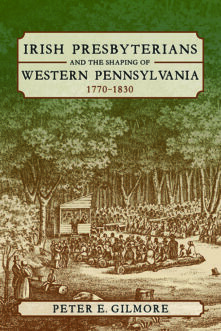Books
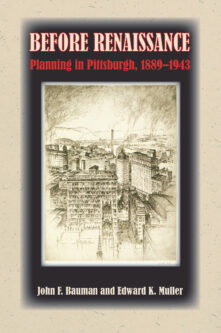
Before Renaissance
Planning in Pittsburgh, 1889-1943
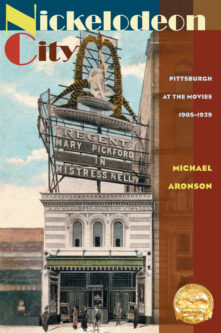
Nickelodeon City
Pittsburgh at the Movies, 1905-1929
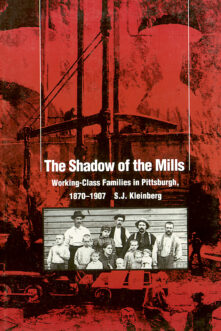
The Shadow Of The Mills
Working-Class Families in Pittsburgh, 1870–1907
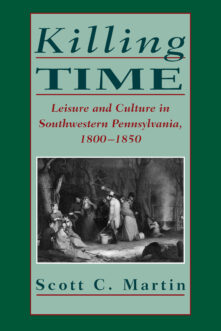
Killing Time
Leisure and Culture in Southwestern Pennsylvania, 1800–1850
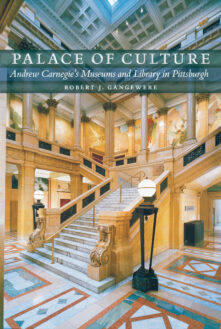
Palace of Culture
Andrew Carnegie's Museums and Library in Pittsburgh
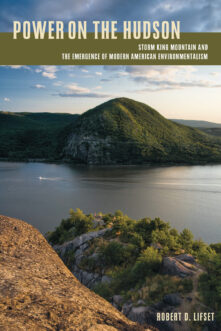
Power on the Hudson
Storm King Mountain and the Emergence of Modern American Environmentalism
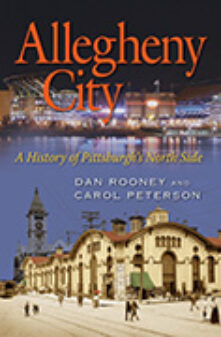
Allegheny City
A History of Pittsburgh's North Side
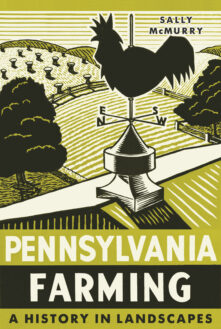
Pennsylvania Farming
A History in Landscapes
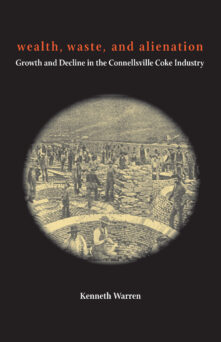
Wealth, Waste, and Alienation
Growth and Decline in the Connellsville Coke Industry
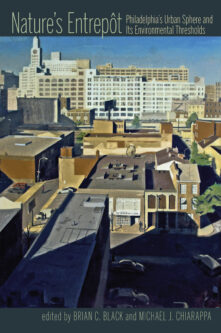
Nature’s Entrepot
Philadelphia’s Urban Sphere and Its Environmental Thresholds
Total 70 results found.


